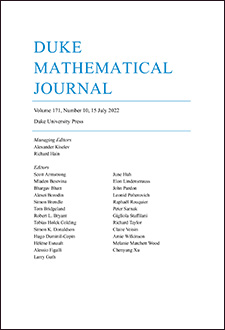Abstract
For two finite sets of real numbers and , one says that is sum-free with respect to if the sum set is disjoint from . Forty years ago, Erdőos and Moser posed the following question. Let be a set of real numbers. What is the size of the largest subset of which is sum-free with respect to ?
In this paper, we show that any set of real numbers contains a set of cardinality at least which is sum-free with respect to , where tends to infinity with . This improves earlier bounds of Klarner, Choi, and Ruzsa and is the first superlogarithmic bound for this problem.
Our proof combines tools from graph theory together with several fundamental results in additive number theory such as Freiman's inverse theorem, the Balog-Szemerédi theorem, and Szemerédi's result on long arithmetic progressions. In fact, in order to obtain an explicit bound on , we use the recent versions of these results, obtained by Chang and by Gowers, where significant quantitative improvements have been achieved.
Citation
B. Sudakov. E. Szemerédi. V. H. Vu. "On a question of Erdős and Moser." Duke Math. J. 129 (1) 129 - 155, 15 July 2005. https://doi.org/10.1215/S0012-7094-04-12915-X
Information





